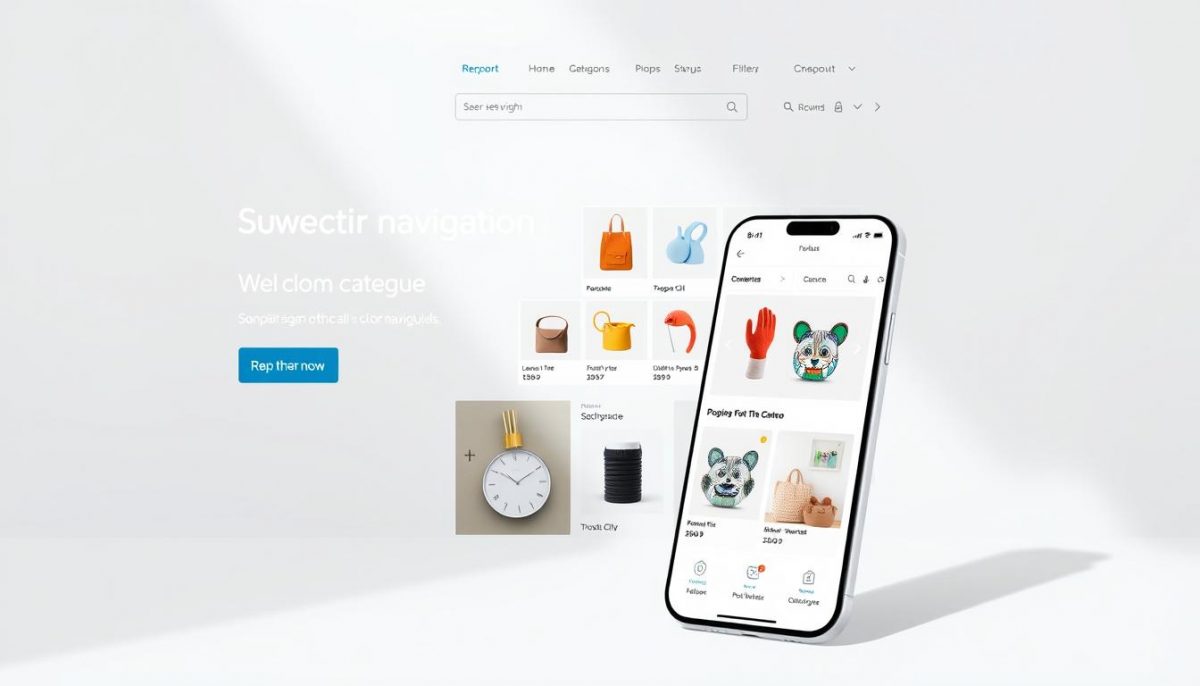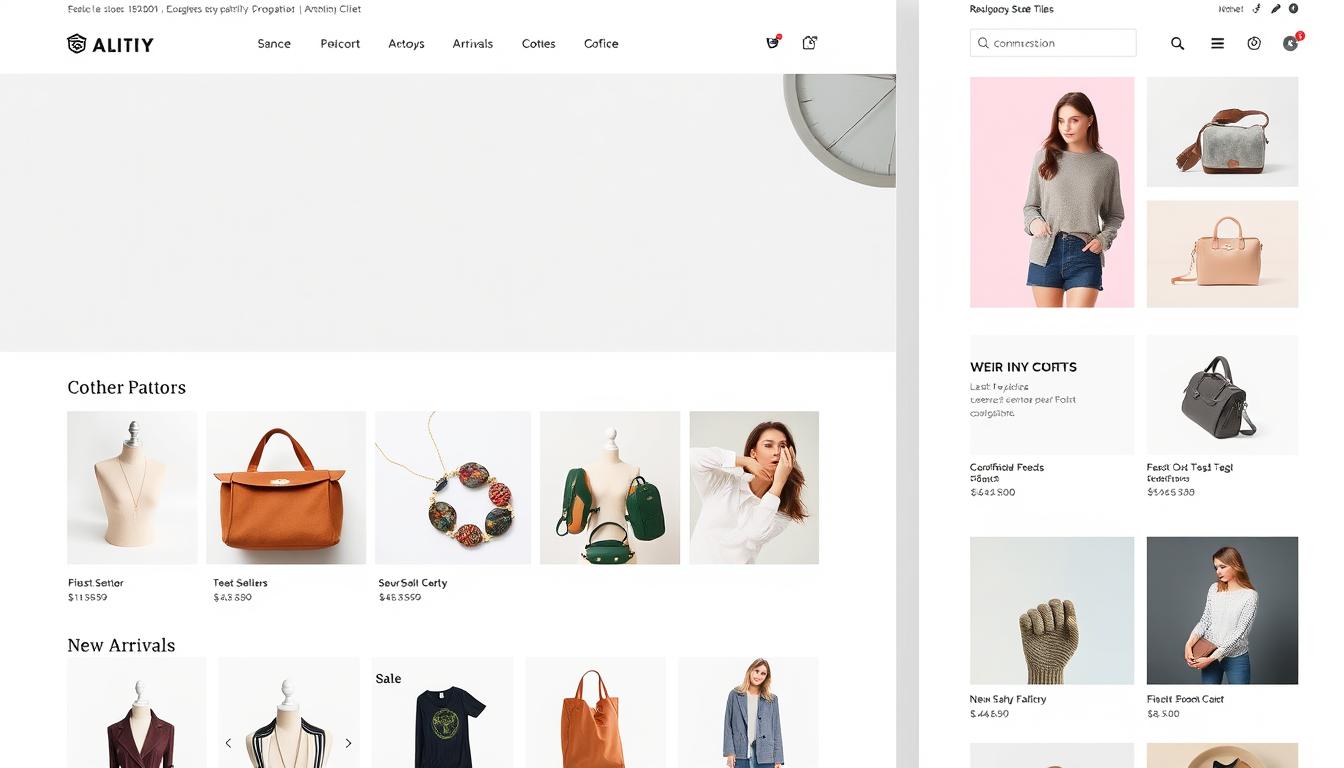Creating a high-converting online store is key for e-commerce success. It’s about making visitors into loyal, returning customers. A well-optimized store includes good website design, product presentation, and user experience. Together, these parts boost online sales.
Studies show that optimizing these parts can boost sales and make customers happier. In this discussion, we’ll look at strategies and parts that really help with conversions.
Understanding Your Target Audience
Knowing who your audience is crucial for any online shop aiming to boost sales. It involves looking into their behaviors and demographic details. These insights help shape marketing tactics and what products to offer.
Behavioral Insights
Studying customer actions shows how people interact with your site. It uncovers their search habits, buying patterns, and decision-making triggers. This lets businesses align their products with what customers want. For example, seeing which pages people spend time on and what they put in their carts reveals their preferences and how well your content works.
Demographic Analysis
Gathering information on customer age, gender, and income is another key part. It helps brands figure out where to position themselves in the market. Knowing which groups are most likely to buy aids in crafting focused marketing messages. Companies like Amazon use this data to fine-tune what they recommend to users.

Key Elements of a High-Converting Online Store
A successful online store depends on key factors to boost sales and improve user experience. Easy-to-use navigation, standout product images, and clear calls to action are very important. They greatly affect a store’s ability to turn visitors into buyers.
User-Friendly Navigation
Easy navigation is key for a pleasant shopping experience. It lets customers find what they need quickly and without stress. With clear menus and smart categorization, shoppers get less frustrated. This leads to more sales as people stay longer on the site.
High-Quality Product Images
Good product photos make shoppers more confident and ready to buy. High-resolution images let customers see products from many sides. This mimics the feeling of shopping in a physical store. Clear images help buyers feel sure about their purchases.
Clear Calls to Action
Clear “Add to Cart” and “Buy Now” buttons help buyers know what to do next. They need to be easy to see and well placed. With these clear prompts, shoppers are more likely to buy, making the process simple and straightforward.

Optimizing Your Online Store for Mobile Users
More and more people shop on mobile devices today. This makes optimizing online stores for mobile users very important. A responsive website design is key for a great mobile experience. It makes sure websites adjust well to different screen sizes. This helps brands make the shopping journey better for their customers on all devices.
Responsive Design Importance
Responsive website design ensures content looks good on phones, tablets, and desktops. A site that’s easy to use on mobile invites people to stay longer. This adaptability keeps a brand’s image strong and helps more people decide to buy. A great mobile website keeps users happy and coming back. This gives a brand an advantage in the fast-paced digital market.
Mobile-Specific Features
Add special features for mobile users to improve their shopping experience. Consider these:
- Simplified checkout processes that make buying things easier.
- Click-to-call buttons for easy contact with customer service.
- Touch-friendly navigation that helps users look through products easily.
- Fast-loading pages for people with slow internet.
- Location-based services for personalized deals and promotions.
Brands that use these features make shopping on mobile devices more fun and easy.
| Feature | Benefits |
|---|---|
| Simplified Checkout | Less cart abandonment, more sales. |
| Click-to-Call | Better support and engagement with customers. |
| Touch-Friendly Navigation | Easier browsing, promotes product discovery. |
| Fast-Loading Pages | Keeps users on the site, lowers bounce rates. |
| Location-Based Services | Tailors marketing, improves local sales. |
Leveraging Customer Reviews and Trust Signals
In the e-commerce world, customer reviews greatly influence buying decisions. When people see real testimonials, they tend to feel more sure about their choices. Positive reviews show a brand’s authenticity and customer happiness.
Brands like Zappos and eBay use review systems well. They show how positive feedback can boost their online reputation.
Building trust is also key for online stores. SSL certificates, clear return policies, and well-known payment options keep consumer data safe. They make shoppers feel secure, encouraging them to buy and enjoy their shopping more.
Studies show that consumers prefer brands with clear trust signals. Knowing they have security, customers are more likely to trust and buy from a website.
For e-commerce success, it’s vital to combine customer reviews with trust signals. As online shopping grows, including these elements can set your store apart. Being open and sharing real feedback helps build loyalty and repeat customers. Ultimately, creating a trusted space is essential for online market success.

